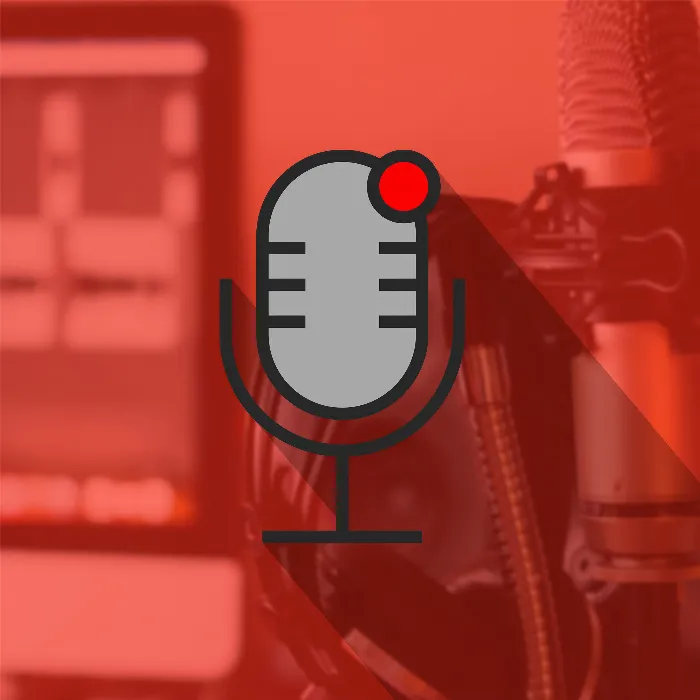You have decided to start your own podcast, and that's great! However, the path to the perfect podcast is often paved with challenges, especially when it comes to errors during recording. Mistakes are completely normal and can happen to anyone. But how can you effectively deal with them? Here is a structured guide to handling errors optimally and making your podcast more professional.
Key Insights
- Errors are part of the recording process and should not be seen as setbacks.
- Take the opportunity to take breaks during recording to gather your thoughts.
- There are techniques to edit recordings afterwards and minimize errors.
- Pay attention to the volume of your audio recording to avoid distortions.
Step-by-Step Guide
Recording Preparation
Before starting the recording, it's important to prepare your technical equipment and your environment under suitable conditions. Make sure your microphone is set up correctly and record in a quiet environment. To maximize the effectiveness of your recording, some podcasters already do test recordings in advance. This helps you to find out how you sound and what the microphone settings are. A good starting point should be in the green or orange range, not the red range, as this can cause distortion.
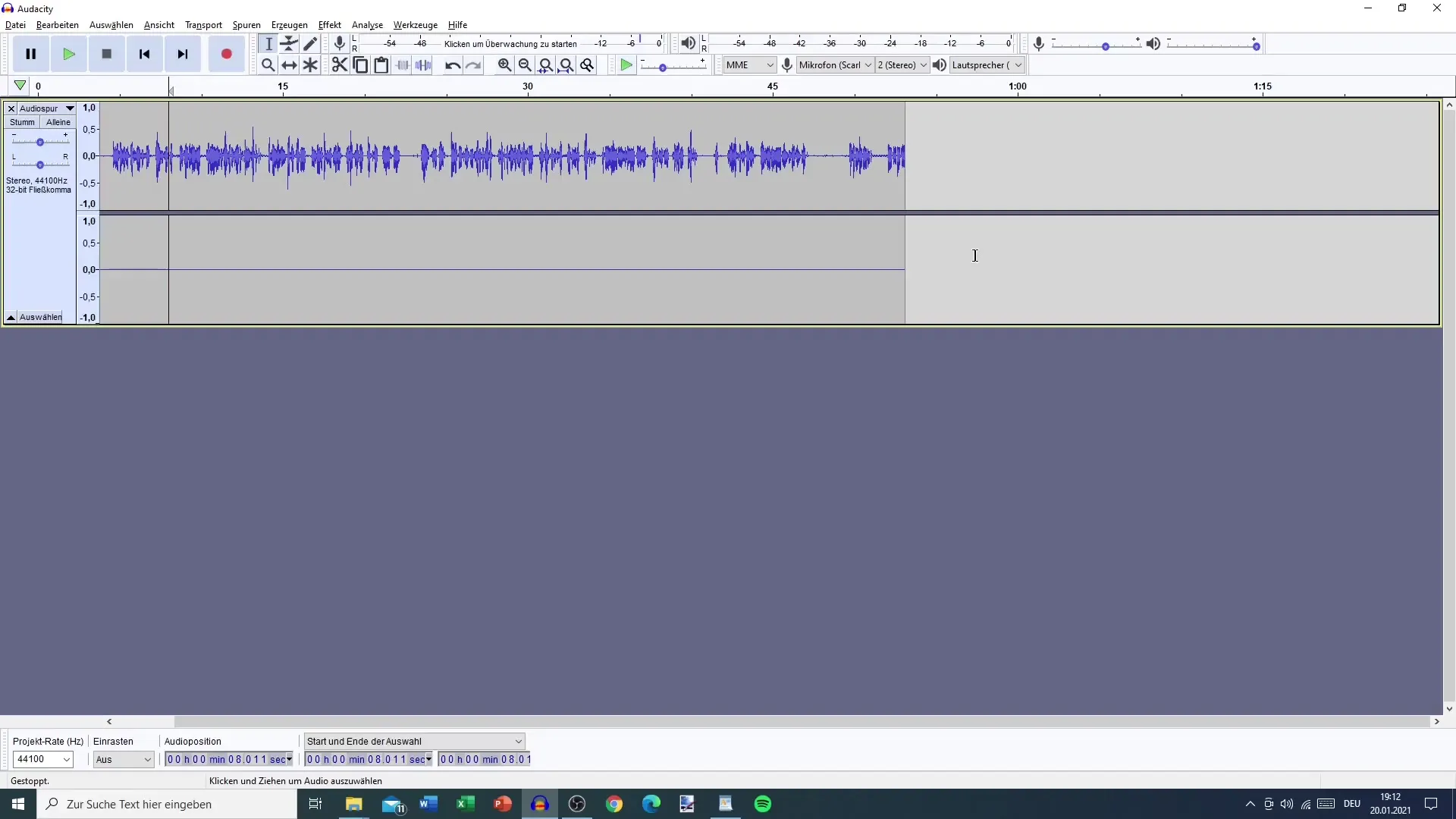
Errors During Recording
If you make a mistake during the recording, it's not the end of the world. A common tip is to simply keep going and edit the mistake later. For example, if you make a slip of the tongue during your podcast recording, you can press the space bar and take a pause. Then you can simply continue the recording. This way, you stay in your flow and can edit the mistake later.
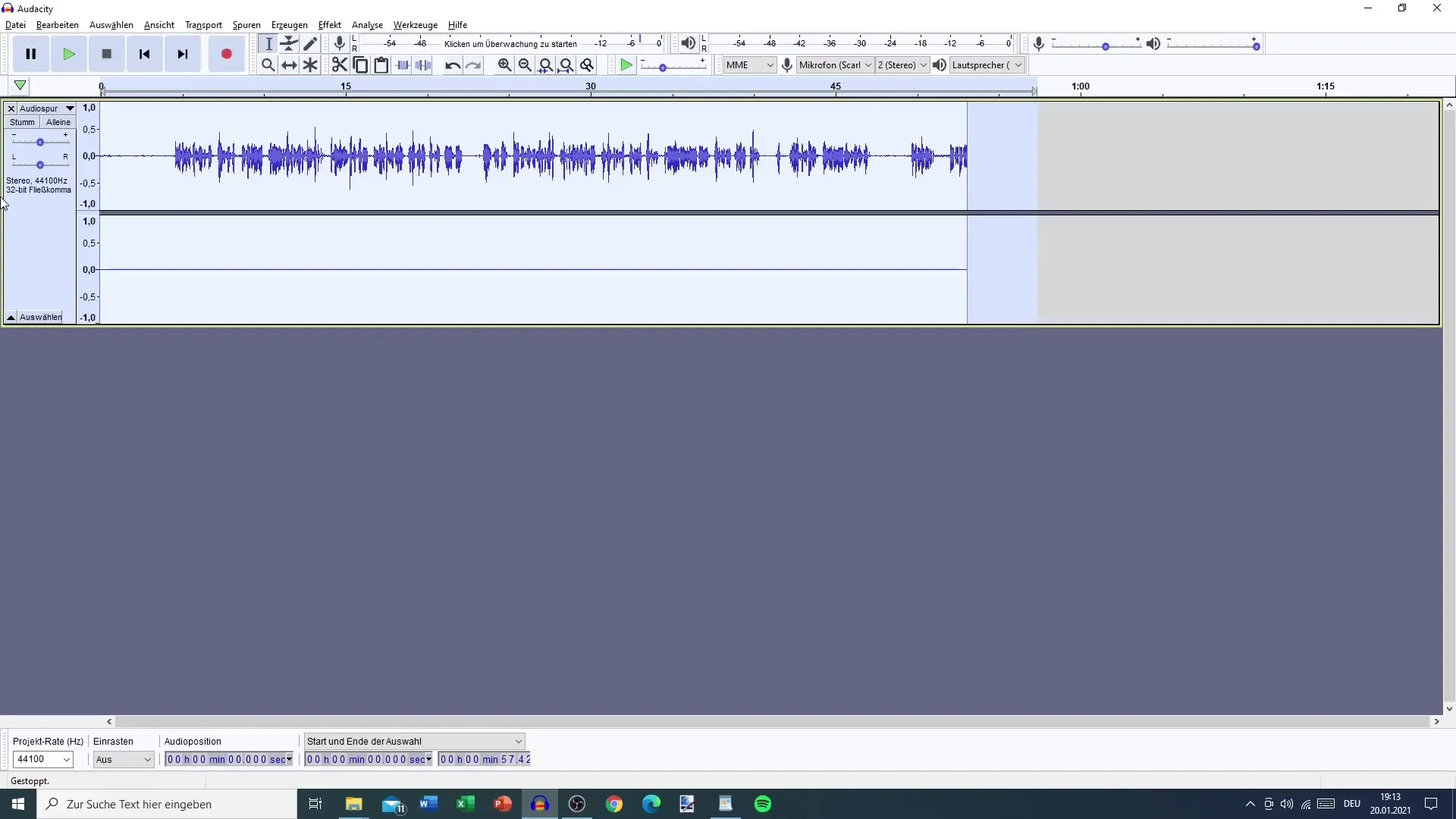
Post-Processing of Recordings
In post-production, you have the opportunity to remove errors from your recording. You can extract the relevant passages and merge them with the rest of the recording. Make sure that your audio editing program allows you to select the desired parts. Sometimes it is helpful to examine the audio waveform more closely to identify places where you were loud or other errors occurred. The most common errors are loud noises or slips of the tongue that you may want to remove.
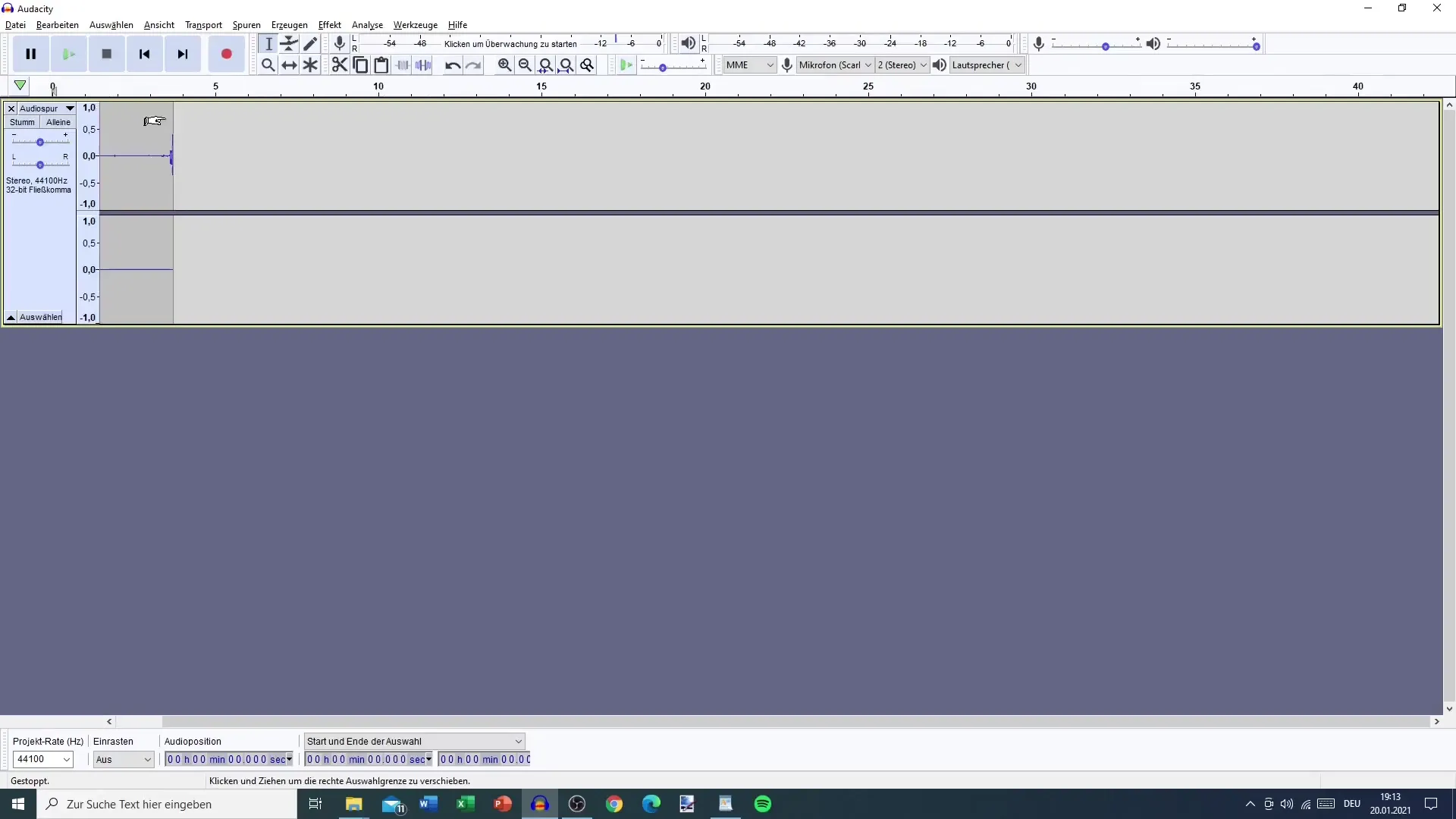
Identifying and Cutting Out Errors
An important tool for editing is the zoom tool. This helps you to listen exactly where it is necessary. Once you identify errors, you can right-click on the mouse to select and delete the corresponding sections. This ensures that your podcast episodes sound clear and professional. However, be careful not to lose any important information while editing.

Final Adjustments Before the Last Recording
Once the edited sections are cut together, check the entire recording for consistency and sound quality. Here you can also apply effects like compression to enhance the sound. Make sure the volume is pleasant, without distortions or other technical issues.
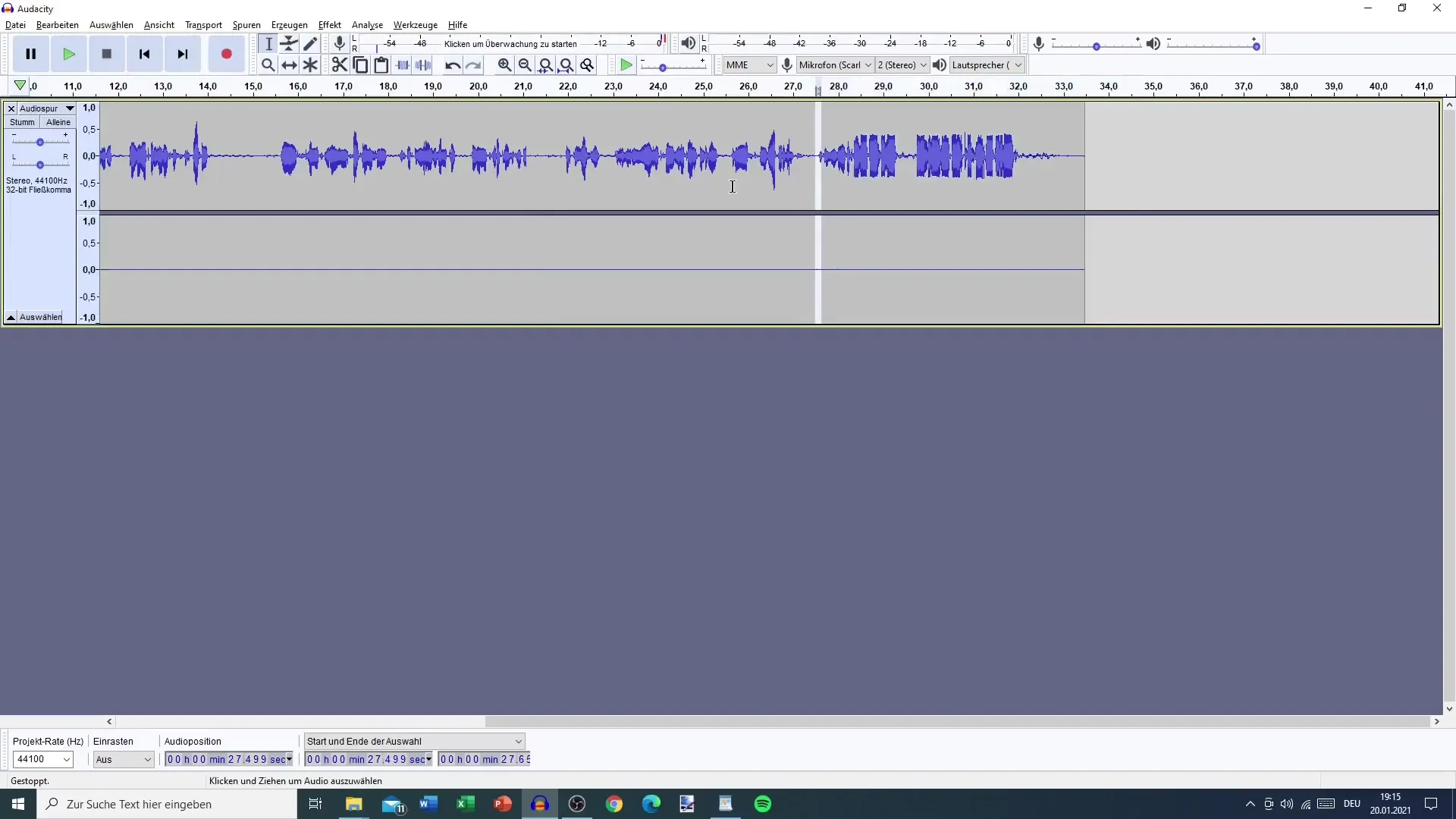
Conclusion and Preparation for Future Episodes
After you have finished editing your recording, it's time to prepare for future episodes. Continue experimenting with your microphone and environment to find what works for you. Take the time for test recordings and continuously improve your technique. Editing will become easier over time as you gain more experience. Errors are not the end but an opportunity to learn and grow.
Summary
Dealing with errors during podcast recording is an essential part of the entire process. Through good preparation, the opportunity for breaks, and targeted post-production, you can achieve a high-quality audio recording. Remember, mistakes are human and are completely normal during a podcaster's development phase.
Frequently Asked Questions
How do I deal with errors during recording?Just keep going and press the pause button to edit the error later.
Can I cut out mistakes after recording?Yes, you can cut out specific passages in your audio recording and reassemble the recordings.
What should I pay attention to in terms of volume?Make sure the volume is in the green or orange range to avoid clipping.
What tools can I use for post-production?There are various audio editing programs that offer tools for cutting and adjusting your recordings.
Can I simply take breaks during a solo recording?Yes, especially during solo recordings, it is possible to take breaks to gather thoughts.
